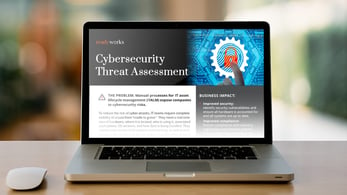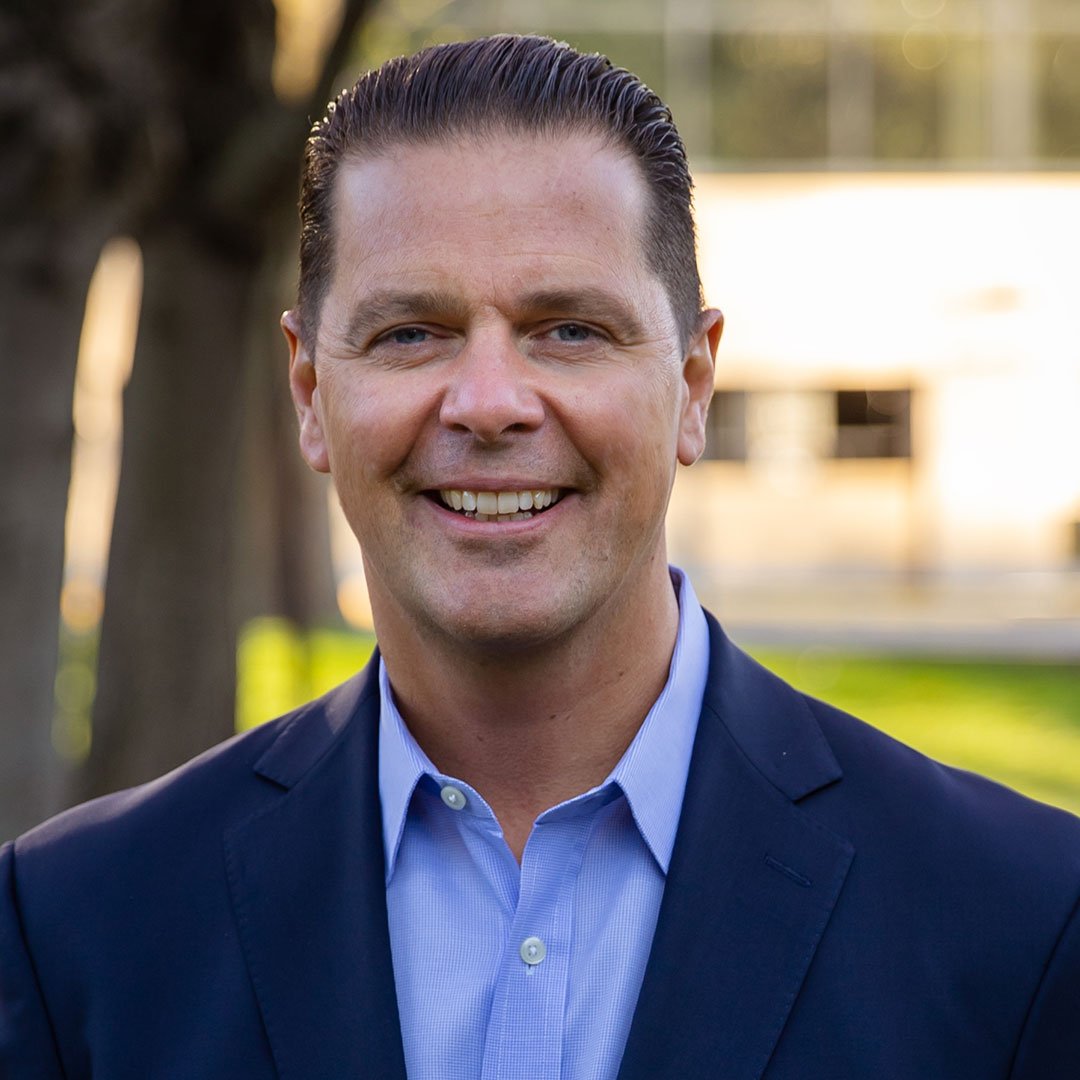Huge disruption to work practices, volatile supply chains, and rising inflation have dictated CIO priorities over the past three years. As they continue to shape the hybrid working experience, investing in cloud and security, how do they see their roles evolving?
Foundry’s State of the CIO Survey 2023 found that while today CIOs remain operationally focused, 71% expect to devote more time to business strategist work in the next three years. 2023 priorities are security, improving IT operations and systems performance, aligning IT initiatives with business goals, and modernizing infrastructure and applications. But in three years’ time they want to be driving business innovation, redesigning business processes, and aligning with business goals.
77% of CIOs say their role has been elevated due to the state of the economy and they expect this visibility within the organization to continue. 35% said modernizing infrastructure and application is a priority this year, down from the 40% who called it out in 2022 and 85% believe their role is becoming more digital and innovation focused.
68% of CIOs are responsible for the creation of revenue generating initiatives
Subway is one company relying heavily on data analytics from stores to define the sweet spot for pricing to optimize profitability. Subway IT has driven digital sales up 500% between 2019 and 2023 through work on digital channels and other initiatives, removing the friction from the customer ordering processes and enhancing customer engagement.
How do you envision leading such initiatives in your organization? 91% of CIOs expected budgets to remain static or rise this year. Of the 9% of companies planning IT budget cuts, 58% cited economic instability and uncertainty, 49% company finances and 38% reduction in employee headcount. If cost-savings are a priority this year, you can begin by compiling and sharing reports to show how IT is contributing to or leading initiatives, such as reducing technical debt, optimizing hardware costs and cutting software spending. Identify IT talent to partner with business teams and define the tech investments that will help achieve their goals. In turn this will help you to address 2023 priorities and set the stage for the shift to a more strategic role.
74% of IT leaders struggle to balance business innovation and operational excellence
Overcoming today’s challenges
While the State of the CIO survey found IT budgets are, overall, rising to manage cyber security, tech debt, and application complexity, as well as to invest in new talent, it’s unlikely that they’ll stretch sufficiently for CIOs to ramp up hiring in line with IT estate complexity. So how can they move on from today’s challenges?
39% of CIOs want to hire cyber security experts
Cybersecurity is a moving target
It’s no surprise the report found that most companies are looking to recruit people with cybersecurity skills. Earlier this year, the Global Cybersecurity Outlook 2023 report revealed that over 93% of cybersecurity experts and 86% of business leaders believe a far-reaching, catastrophic cyber event is likely in the next two years and the lack of skilled cyber expertise is a threat to businesses and societies.
As new digital initiatives increase the number of applications and hardware across the IT estate, your attack surface also increases. Cyber criminals and the tools that they use are becoming more sophisticated, and the global cost of cybercrime is expected to increase by nearly 70% between 2023 and 2028 to $5.7 trillion dollars.
Alongside an ongoing end-user communications campaign to explain the latest cybercriminal scams and techniques, in such a dynamic environment, observability will play a growing role in allowing IT to use logs, metrics, and traces to understand where date is being held, who has access to it and where vulnerabilities are.
Leverage ReadyWorks' data intelligence and workflow orchestration to reduce cybersecurity risks. Learn how.
Download the Solution BriefTech Debt can scupper digital initiatives
A 2022 study found that 78% of organizations had taken on more tech debt over the previous 12 months. While a high proportion believed that tech debt is important, allowing them to launch products or services faster and capitalize on market opportunities, 58% don’t have a formal strategy to manage it and 69% fear it could slow down their transformation progress.
2020 saw companies accelerate their public cloud adoption. Three years on, many are moving to a hybrid approach with the market expected to grow from $85 billion in 2021 to $262 billion in 2027, as more businesses move workloads to on-premises edge cloud data centers to support digital initiatives. But this distributed cloud architecture creates challenges for IT as teams strive to identify where best to place new workloads to benefit from the best performance and to optimize costs.
A McKinsey study found as much as 71% of the impact from business transformation depends on technology. Tech debt can have a severe impact on costs, digital initiatives and cybersecurity and overcoming it must be made a priority. This requires a comprehensive strategy, managed by aligning with leaders such as CFOs and CISOs to understand financial goals and cybersecurity priorities and working hand in hand with the business, to identify which new digital investments will have the biggest impact and removing obsolete tech in the way.
User Experience
A recent Gartner report found that workers are struggling to stay on top of the number of applications they use to manage their job. According to Gartner the average number of applications has grown from six to 11 since 2019, with 40% of digital workers using more and 5% using 26 or more.
By partnering with HR and business teams this year IT teams can identify user personas and better equip users. They can use this to understand application overlaps, and the potential to rationalize the app estate. Ask your teams to define application bundles associated with the user personas to enhance the digital user experience and simplify activities such as onboarding.
As with cybersecurity, the use of observability is growing to measure the performance of services and endpoints from the employee’s perspective.
Attracting and retaining key talent
The State of the CIO report highlights cybersecurity, applications development, analytics, cloud, and AI as being the most in-demand skills for new hires. According to The World Economic Forum, better job descriptions, and a growing focus on soft skills such as effective communications, problem solving, people management and strategic management, are among the tools that businesses can use to widen their search.
By recruiting talent that can bridge the gaps between IT and the business you can gain a greater understanding of needs to prioritize tech investments. And you can get to know the pain points, allowing you to shape future business processes. This will in turn aid talent retention, as your teams gain greater job satisfaction seeing how they are helping to shape the business. But you also need to nurture that talent, aligning employees with the teams that best meet their personal goals, and where your budget allows, providing the training to help them achieve those goals.
While comprehensive training programs may be a nice to have in these cost-cutting times, there are things that can be implemented right now to ensure that your key talent isn’t lost in the complexity of your IT environment and can become more collaborative and strategic. And that starts by understanding what can be automated.
Automate to remove roadblocks and repetition
One of the biggest barriers to automation is IT estate complexity created by the ever-growing number of systems, tools, and databases. But that complexity is broken down by a digital platform conductor (DPC) as it connects to those tools, and accesses, aggregates and analyzes the data they hold, presenting it in a way that is useful for any IT change program. Further, it uses that data to trigger tools and automate change.
Now highlighted as transformational in six Gartner Hype Cycles, a DPC will, for example, allow IT to identify potential candidates more easily for application rationalization, automate end user communications programs around cybersecurity, augment the data from observability tools for better decision-making, simplify reporting, and automate change end-to-end. By removing mundane, repetitive tasks your teams are better equipped to overcome today’s challenges and partner with the business to pave the way for a future, more strategic IT.
Book a demo to understand how ReadyWorks can help you cut through estate complexity and manage today’s priorities to prepare for a strategic shift.

